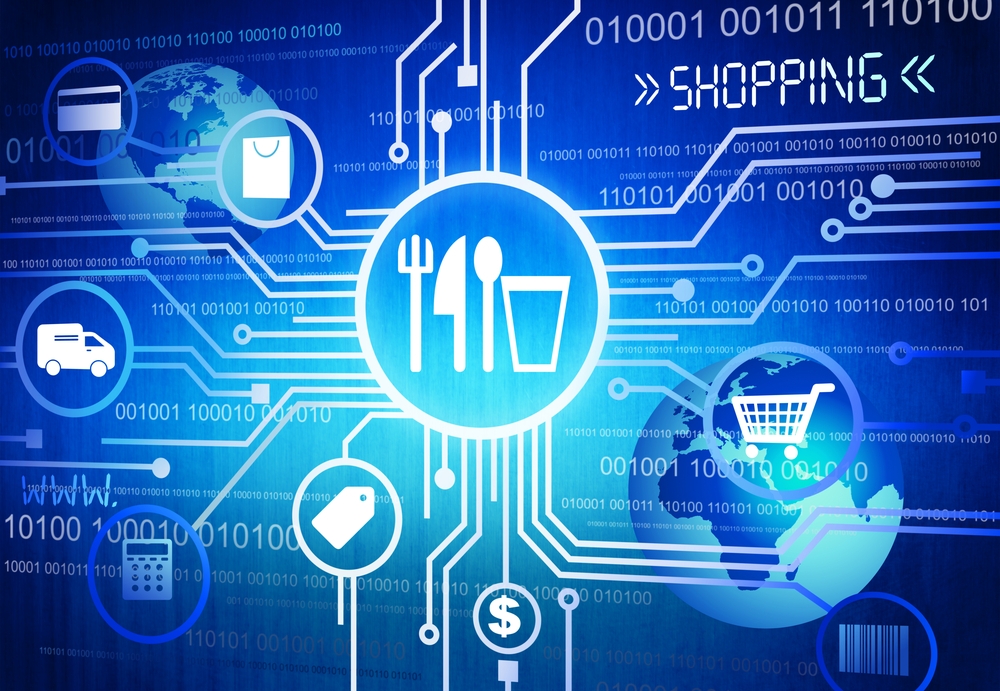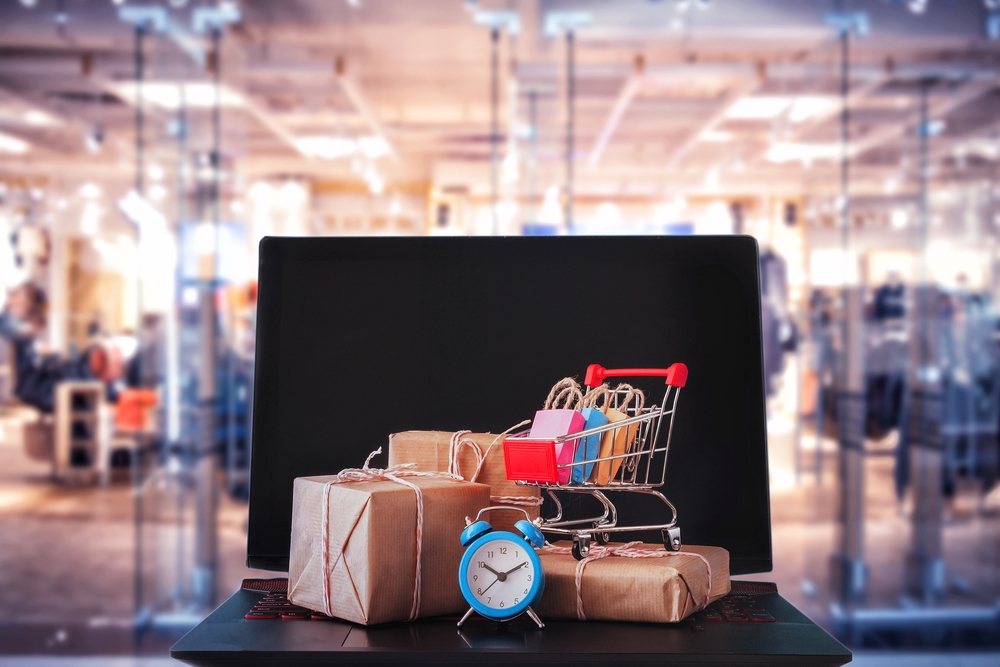There are many claiming that the last two years shook the retail industry, causing massive changes to brick and mortar stores, retail markets and online shopping stores. Those statements are definitely true.
The COVID-19 pandemic has left an indelible impact on the global retail industry, triggering a paradigm shift in consumer behavior and the retail environment alike. The emergence of lockdown measures, social distancing protocols, and a palpable fear of contagion prompted an unprecedented surge in online shopping, giving e-commerce a major impetus. As a result, physical stores faced significant disruptions and were compelled to explore new avenues to sustain their businesses.
This extraordinary situation forced the retail industry to adapt at an accelerated pace, catalyzing a digital revolution and fostering a new retail landscape marked by innovation, agility, and resilience for better customer experience. That focus put these merchants in an excellent position, even as the global environment saw daily and even hourly changes and challenges.
Importantly, what consumers saw from this period was that retailers could – when appropriately motivated – alter processes and operations in ways that better suited their customer’s purchase decisions. Now that the door has been opened, there is no turning back.
[hubspot type=cta portal=8444324 id=70f3087e-225d-45f6-bb20-e5ed06bf0834]As we head into 2023, many consumers will be demanding experiences that meet their needs and wants, not what marries better with a retailer’s operational structure or underlying architecture. It is an era of new norms and opportunities, where business leaders and global brands in the retail industry must evolve to stay relevant and competitive in a post-pandemic world.
Retailers must be prepared for the new demands of customers and ready to meet consumers where they are. This means being prepared to have an answer to the consumer trends that will move to the forefront in 2023.
4 Consumer-Demand Trends Retailers Must be Ready for in 2023
Digital Marketplaces
 There was a time when enterprise marketplaces were a quaint alternative to enterprise e-commerce sites, where consumers could get their hands on rare or unusual items that in-store couldn’t offer through an online storefront of their own.
There was a time when enterprise marketplaces were a quaint alternative to enterprise e-commerce sites, where consumers could get their hands on rare or unusual items that in-store couldn’t offer through an online storefront of their own.
Since that time, digital marketplaces have grown up as consumer shopping habits changed. Marketplaces not only offer consumers access to a more diverse set of products with one-stop-shopping convenience, but they have also expanded to encompass B2C and B2B audiences, as well as P2P and direct-to-consumer. They don’t stop at products, either. Everything from vacation homes to virtual assistants can be had through an online store or marketplace.
Creating custom solutions and personalization for buyers shopping online that’s vetted by a set of sellers requires composable components, such as SEO tactics that help target your products to a newer audience, which creates a more immersive experience through increased product selections and assortment depth.
New Sales Paradigms
 New sales models are more apparent than ever before. It’s crucial to meet and charm consumers wherever they are. Consumers went from purchasing in store shopping to catalogs, to phone orders, to e-commerce.
New sales models are more apparent than ever before. It’s crucial to meet and charm consumers wherever they are. Consumers went from purchasing in store shopping to catalogs, to phone orders, to e-commerce.
Today, customers can make purchases from their mobile devices, shop online and pick up in person, buy through social media platforms, add items in one mode and check out in another, and much, much more. These are the kinds of powerful partnerships and innovative channel usage that demand agility on the part of retailers.
So, it’s no surprise that consumer expectations for purchase modes continue to change. Retailers like Chico’s and Saks Fifth Avenue offer regular live streaming events on Facebook that permit online shoppers, especially Gen Z shoppers, to comment and interact with sales associates from the comfort of their homes.
Within stores, partnerships are creating exposure for brands that leverage the foot traffic and recognition of larger stores, while the big-box retailers gain the cache of offering products from niche retailers to increase retail sales. For instance, in 2023, Target will offer store-within-a-store (SWAS) experiences with makeup brand, Ulta.
New Payment Options
 Ease of purchase and/or payment personalization is critical to customer engagement, customer loyalty and also the path to purchase conversion. Surprisingly enough, some states haven’t caught up to this concept; they still require that retailers accept legal tender.
Ease of purchase and/or payment personalization is critical to customer engagement, customer loyalty and also the path to purchase conversion. Surprisingly enough, some states haven’t caught up to this concept; they still require that retailers accept legal tender.
According to consumer data, the number of transactions where consumers use cash has been steadily declining, and other retailers have taken advantage of this by simplifying the payments they accept and eliminating cash as an option for both in-store and online shopping.
However, while some merchants try to streamline payments, consumers are open to expanding their options. Buy-now-pay-later options have surged in popularity, opening profit opportunities for sellers but increasing the need for sophisticated integrations for payment processing.
Cryptocurrencies and non-fungible tokens (NFTs) are other payment options that retailers must consider, and be ready to adapt as consumer demand grows. Blockchain offers a variety of advantages for merchants, from helping to combat fraud to providing authentication and validation of products and their provenance.
Each of these consumer trends in payment options comes with new technology challenges. Older, brittle, single-purpose applications and environments will slow an enterprise’s ability to transact using new payment modalities, while also hampering their ability to take advantage of blockchain’s immutable ledger for operational applications, from verifying the safety of toys to validating the origins of food items.
Embracing the Circular Economy
 Evolving from the pandemic’s supply chain issues, the drive of Millenials and Zoomers toward sustainable shopping alternatives and looming inflation, the “buy nothing” movement has started to take hold. While swapping items has an appeal to some consumers, retailers can take part in the movement and provide core services that others can’t.
Evolving from the pandemic’s supply chain issues, the drive of Millenials and Zoomers toward sustainable shopping alternatives and looming inflation, the “buy nothing” movement has started to take hold. While swapping items has an appeal to some consumers, retailers can take part in the movement and provide core services that others can’t.
The growing number of environmentally conscious shoppers worldwide want to take part in the circular economy, buy-back programs that allow customers to sell their items back to merchants, where the items are refurbished and renewed and then offered up for sale, increase brand loyalty and sales.
This can present some real logistics and operational challenges for stores and online retailers, who must have ways to take in the merchandise, tag and track it, ensure quality control and appropriate pricing, and offer a venue for resale.
Many of these challenges have been solved by other applications within an enterprise’s retail operations and supply chain management. Returns are taken in and tracked, credits are issued to customers, and items are added to inventory and resold.
By adopting a composable mindset to application development, the retail industry can leverage the parts of the process they already have and only build out the connective tissue or altered inputs that would refit application functionality to support circular transaction processes.
Composability: How Retailers Meet Consumer Demands

Each of these consumer trends requires new approaches and new thinking from retailers, a composable business. Composable businesses are more than technology elements that can be pulled together to make something new. They are a way of thinking, embracing agile business architecture along with technology to create something innovative, sustainable, and resilient.
Of course, the backbone of a composable business is the technology decisions that support business agility, growth, and forward-thinking. We believe so strongly in the importance of composability within modern organizations that we became and remain a MACH Alliance Partner. MACH – which stands for Microservices-based, API-first, Cloud Native, and Headless – was conceptualized specifically as a map for taking businesses into the future, whether that future is next week, next year, or 10 years from now.
The strength of MACH lies in its ability to flex when needed while preserving the option to replace elements as required. MACH solutions are inherently scalable, resilient, and secure, which supports retailers as they strive to meet consumer demands and shifting trends.
Understanding Consumer Behavior Trends This 2023
Understanding the consumer trends for 2023 and preparing to meet the needs of customers and the business head-on is why DMI penned our guide, “The Top Technology Trends for 2023”. In this guide, you’ll learn about the 10 most important technologies businesses need to be aware of in 2023 as well as learn why they are important and how these consumer trends are disrupting industries today.
Click here to download a copy of the guide for yourself. And, as always, DMI is here to help you create the foundation for business success and growth through technology. If you’d like to discuss any of the trends you read about in the guide or discuss how you can be prepared for the future of retail, contact us. We’d love to discuss with you how technology can put you at the forefront of your industry with agile, scalable, and manageable solutions.[hubspot type=cta portal=8444324 id=79fda376-965e-472a-ac01-a2481bfe4cde]


